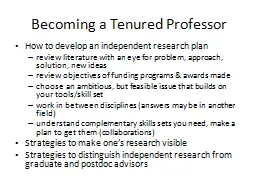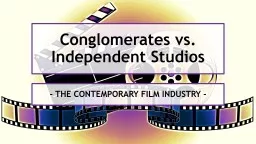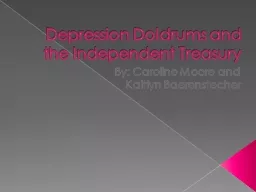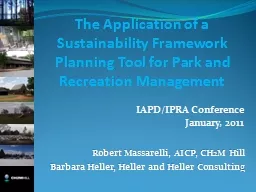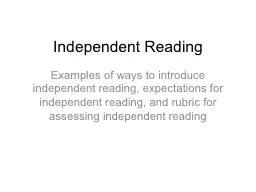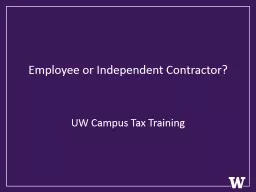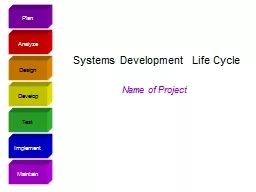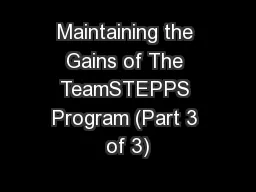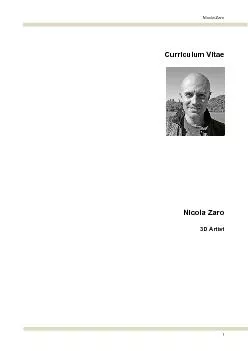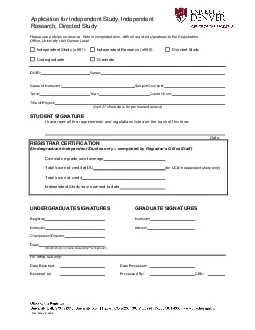PPT-H ow to develop an independent research plan
Author : phoebe-click | Published Date : 2017-06-25
r eview literature with an eye for problem approach solution new ideas r eview objectives of funding programs amp awards made c hoose an ambitious but feasible issue
Presentation Embed Code
Download Presentation
Download Presentation The PPT/PDF document "H ow to develop an independent research ..." is the property of its rightful owner. Permission is granted to download and print the materials on this website for personal, non-commercial use only, and to display it on your personal computer provided you do not modify the materials and that you retain all copyright notices contained in the materials. By downloading content from our website, you accept the terms of this agreement.
H ow to develop an independent research plan: Transcript
Download Rules Of Document
"H ow to develop an independent research plan"The content belongs to its owner. You may download and print it for personal use, without modification, and keep all copyright notices. By downloading, you agree to these terms.
Related Documents

